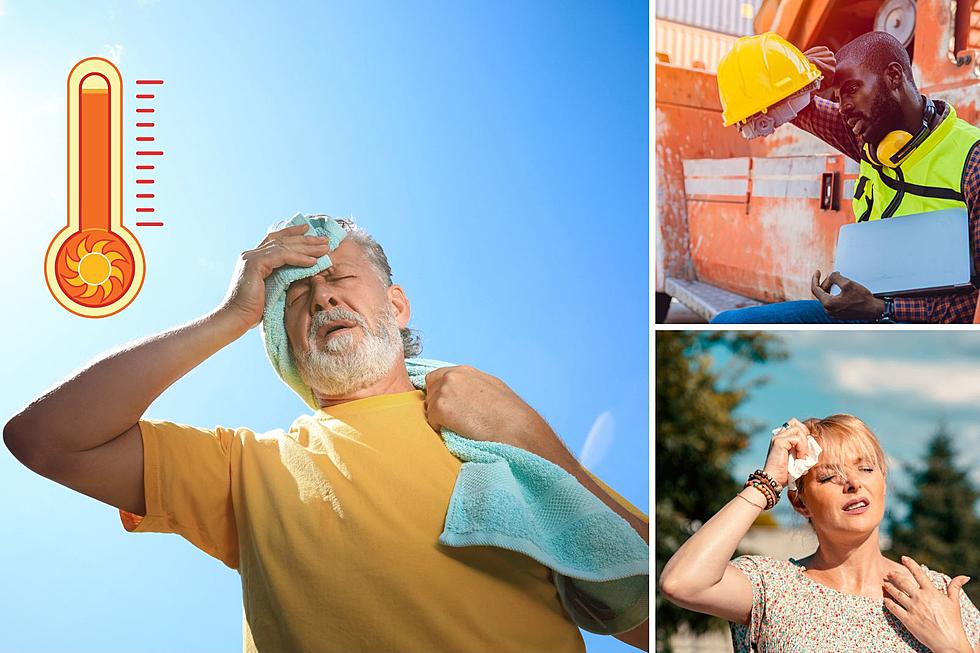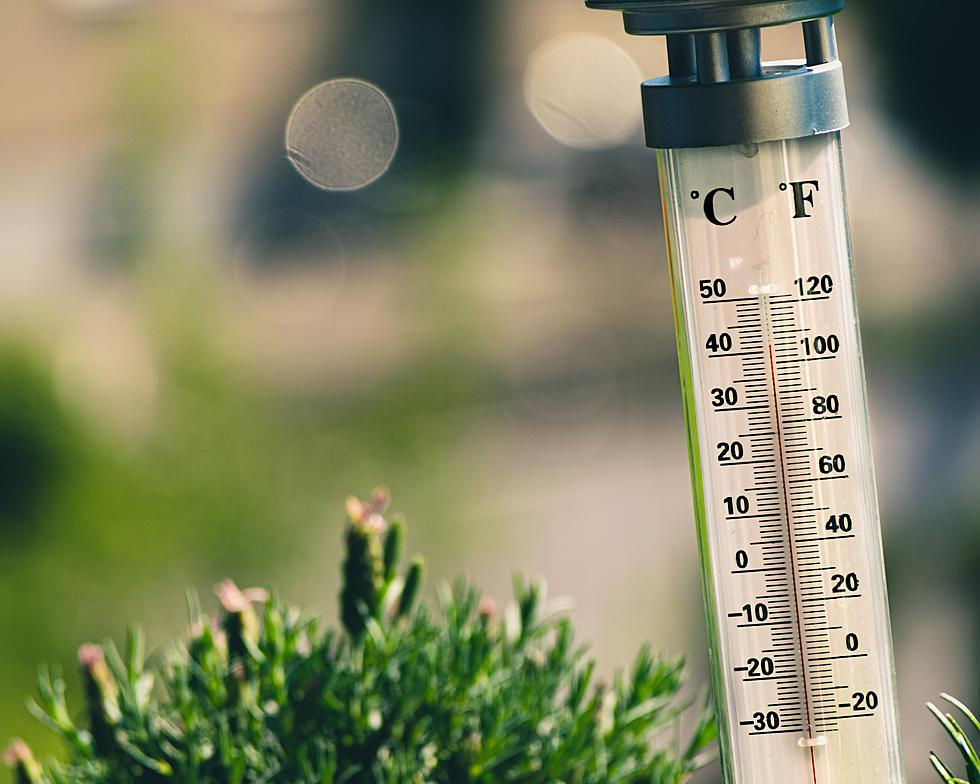
5 Tips for Your Pet’s Health to Remember This Summer
Summertime can be fun, but the sun, humidity and extreme heat, can be downright hazardous to humans. With reports of record high temperatures across the U.S., it's important to take care of yourself. But a lot of folks forget about their pets. Yes, pets can suffer just as much during the summer season, or even more. If it's too hot for you, it's too hot for your pet.
Just like humans, the youngest, oldest, sickest and the obese pets are at the highest risk for heat-related illnesses. Here are some great tips from the American Kennel Club.
No. 1: Heat
If your dog is outside on a hot day, make sure he has a shady spot to rest in. Doghouses are not good shelter during the summer because they only "trap." You may want to fill a child's wading pool with fresh water for your dog to cool off in.
Never leave your dog in a closed vehicle on a hot day. The temperature inside a car can rise to over 100 degrees in a matter of minutes.
Always provide plenty of cool, fresh water.
Do not do any strenuous activities on extremely hot days. I f you take your pet on walks, do it early in Be careful not to expose your pet to hot asphalt or sand, it can burn your pets paws.
No. 2: General Health
Make sure your pet's vaccinations are up to date, and you are using an effective preventative against fleas, ticks, and mosquitoes which carry heartworm disease. During the warmer months, these pests are more prevalent.
Exercise is healthy for dogs, but they don't self-regulate as well and will keep on jogging or walking alongside their favorite humans without realizing something is wrong. confused.
Keep your pets off of lawns that have been chemically treated or fertilized for 24 hours.
No. 3: Travel
By Air – Many airlines will not ship animals during summer months because of the dangers caused by hot weather. Some only allow dogs to fly in the early morning or in the evening.
By Car – If you and your pet are taking a road-trip, be sure and keep your pet cool in the car. You can use icepacks if needed. Make sure the crate is well ventilated. Put a sunshade on your car windows.
Bring along fresh water and a bowl, and a tarp or umbrella so you can set up a shady spot when you stop. Keep a spray bottle filled with water to spritz on your pet to cool him down.
By RV – A pets safety should not depend on the air conditioning and generator systems in an RV or motor home. If you leave your pet in an RV with the generator running, check it often or have a neighbor monitor it. Never leave an RV or motor home completely shut up, even if the generator and AC are running. Crack a window or door.
No. 4: Water Safety
If you headed out to the lake, river or beach and you take your dog with you, there are some safety precautions you should take.
Most dogs enjoy swimming, but some cannot swim, and others may hate the water. Make sure you know if your dog likes to swim or not before you make him swim!
If you're swimming for the first time with your dog, start in shallow water and coax him in by calling his name. Never throw your dog into the water. If your dog begins to paddle with his front legs, lift his hind legs and help him float. He should quickly catch on and keep his back end up. Don't let your dog overdo it, he may tire quickly, especially if he is swimming in the ocean. Also, watch for strong riptides.
If you have your own pool, make sure your dog knows where the stairs or ladder are located. Be sure that pool covers are firmly in place; dogs have been known to slip in under openings in the covers and drown.
Never leave your dog unattended in water.
No. 5: Know the Signs of Heat Stroke
Just like humans, your pet can also suffer a heat stroke.
Early Stages:
- Heavy panting.
- Rapid breathing.
- Excessive drooling.
- Bright red gums and tongue.
- Attempting to maintain balance.
Advanced Stages:
- White or blue gums.
- Lethargy, not wanting to move.
- Uncontrollable urination or defecation.
- Labored, noisy breathing.
- Shock.
If your dog begins to exhibit signs of heatstroke, you should immediately try to cool the dog down:
- Apply rubbing alcohol to the dog's paw pads.
- Apply ice packs to the groin area.
- Hose down with water.
- Let your dog lick ice chips or drink a small amount of water. (too much all at once, will make him sick.)
- Offer Pedialyte to restore electrolytes.
Check your dog's temperature regularly during this process. Once the dog's temperature has stabilized at between 100 to 102 degrees, you can stop the cool-down process. If you cannot get the dog cooled down, take him to the veterinarian immediately.
And keep in mind, there are always great dogs and cats to choose from at your local humane society. Check out the Humane Society of East Texas website now, and adopt a new best friend!
More From 101.5 KNUE









